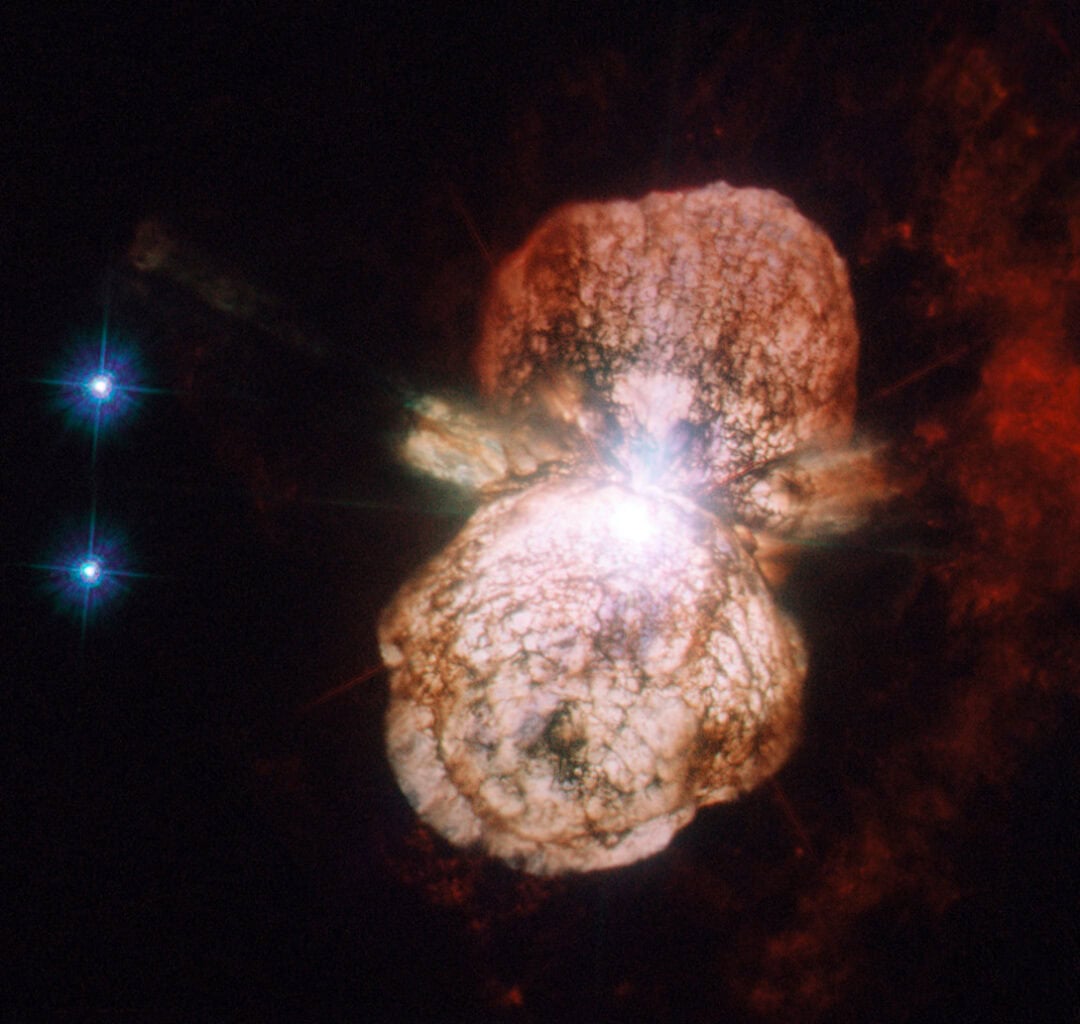In the vast expanse of our universe, few events capture the imagination quite like supernovae—the explosive deaths of massive stars that briefly outshine entire galaxies. Among these cosmic spectacles, one stands out as particularly remarkable: SN 2006gy, the brightest supernova ever recorded in human history.
This extraordinary stellar explosion first caught astronomers’ attention in 2006, and in a fascinating astronomical development, it has recently become visible again, offering scientists a rare second opportunity to study this record-breaking cosmic event. The reappearance of this supernova challenges our understanding of stellar evolution and provides new insights into the life cycles of the universe’s most massive stars.
Understanding SN 2006gy: A Stellar Heavyweight
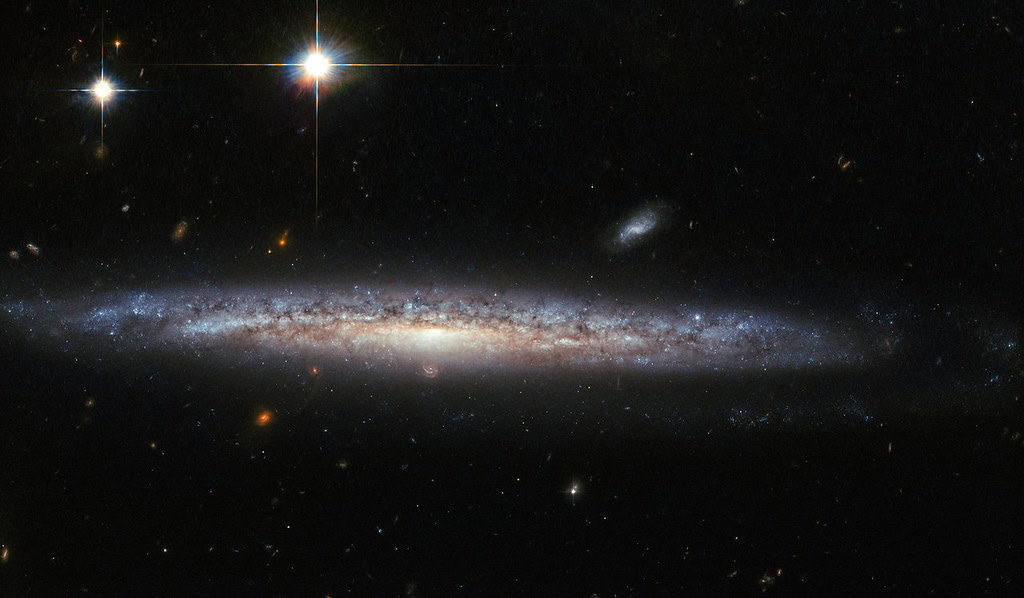
SN 2006gy was first detected on September 18, 2006, in NGC 1260, a galaxy approximately 240 million light-years away from Earth. What made this supernova exceptional was its unprecedented brightness—it was approximately 100 times brighter than a typical supernova. Scientists believe the progenitor star was an extremely massive object, possibly weighing between 100 and 150 times the mass of our Sun.
Such massive stars are exceedingly rare in the modern universe. The energy released during this supernova was so immense that it continued to shine brightly for months, defying the standard models of stellar explosions and forcing astronomers to reconsider their theories about how the most massive stars end their lives.
The Unexpected Return: Light Echo Phenomenon
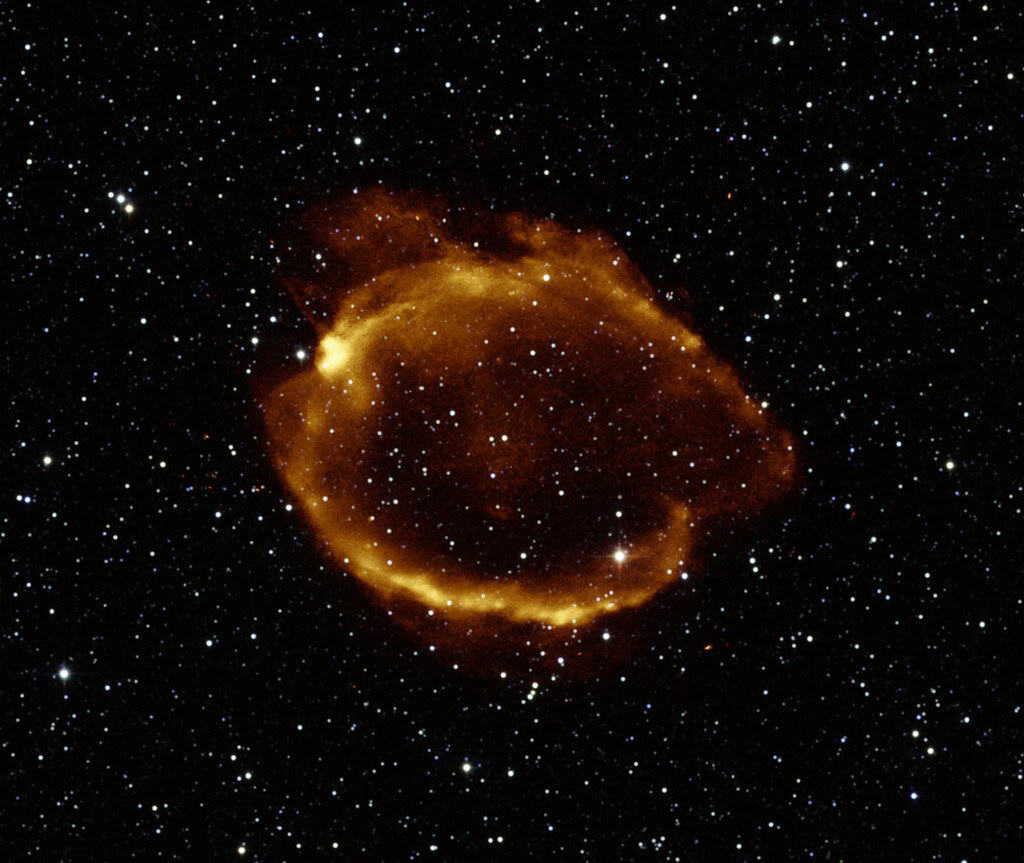
The recent reappearance of SN 2006gy isn’t a second explosion but rather what astronomers call a “light echo.” This fascinating optical phenomenon occurs when light from the original explosion encounters clouds of interstellar dust that were previously unilluminated. The dust particles scatter and reflect this light toward Earth, creating the impression that the supernova has reignited.
This light echo essentially allows astronomers to see the supernova from different angles and perspectives, as the light follows various paths through space before reaching our telescopes. The phenomenon provides a rare opportunity to study the original explosion’s characteristics and the surrounding cosmic environment with greater detail than was possible during the initial observation period.
Scientific Significance of the Reappearance
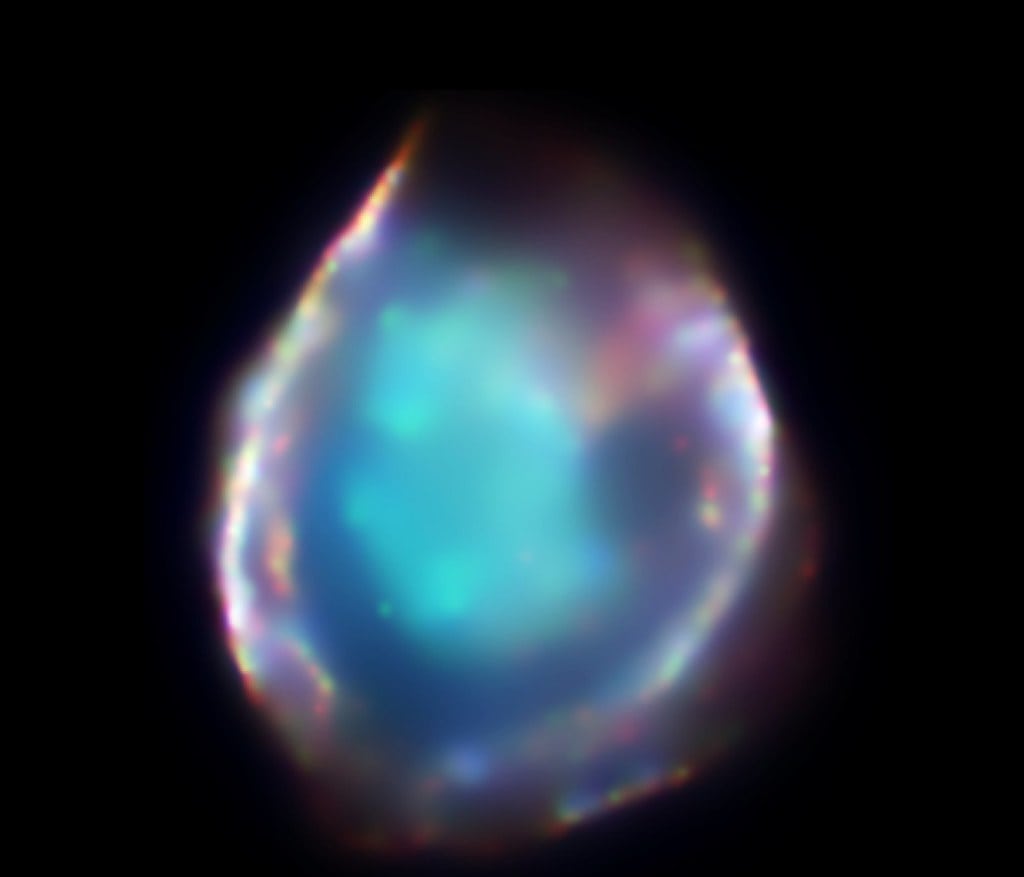
The reappearance of SN 2006gy represents a significant scientific opportunity. When the supernova was first discovered, astronomical technology was considerably less advanced than it is today. Modern telescopes and instruments can now capture data with unprecedented precision, allowing researchers to analyze aspects of the explosion that were impossible to study in 2006.
Additionally, comparing the original observations with current data provides valuable insights into how the remnants of the supernova have evolved over time. Scientists are particularly interested in studying the composition of the ejected material, the structure of the surrounding interstellar medium, and the underlying physics that made this supernova so exceptionally bright.
Pair-Instability Supernovae: A Rare Cosmic Event
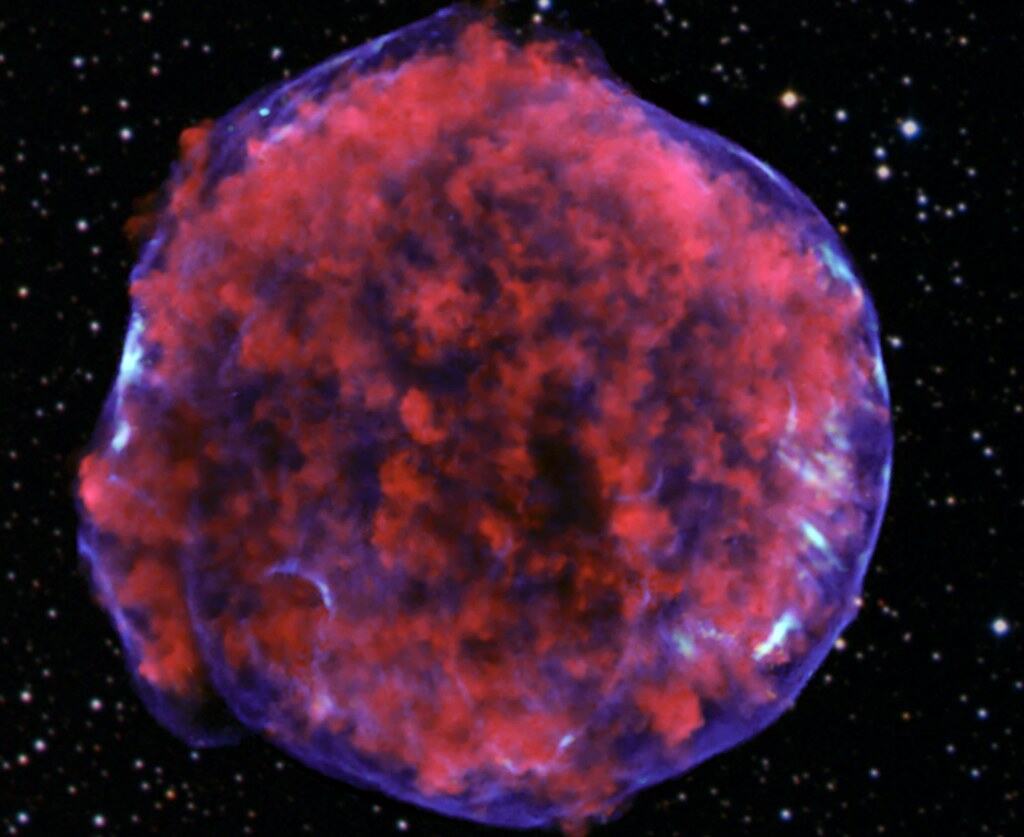
One of the most intriguing aspects of SN 2006gy is that it might represent a rare type of stellar explosion known as a pair-instability supernova. In this unusual process, the core of a super-massive star becomes so hot that energy is converted into matter—specifically, pairs of electrons and positrons.
This conversion paradoxically reduces the radiation pressure supporting the star against gravity, causing it to partially collapse before exploding with tremendous force. These events are theorized to occur only in stars at least 130 times the mass of our Sun. The reappearance of SN 2006gy offers astronomers a precious chance to gather additional evidence about whether it truly was a pair-instability supernova, which would make it one of the few ever observed.
Technological Advancements Enabling New Discoveries
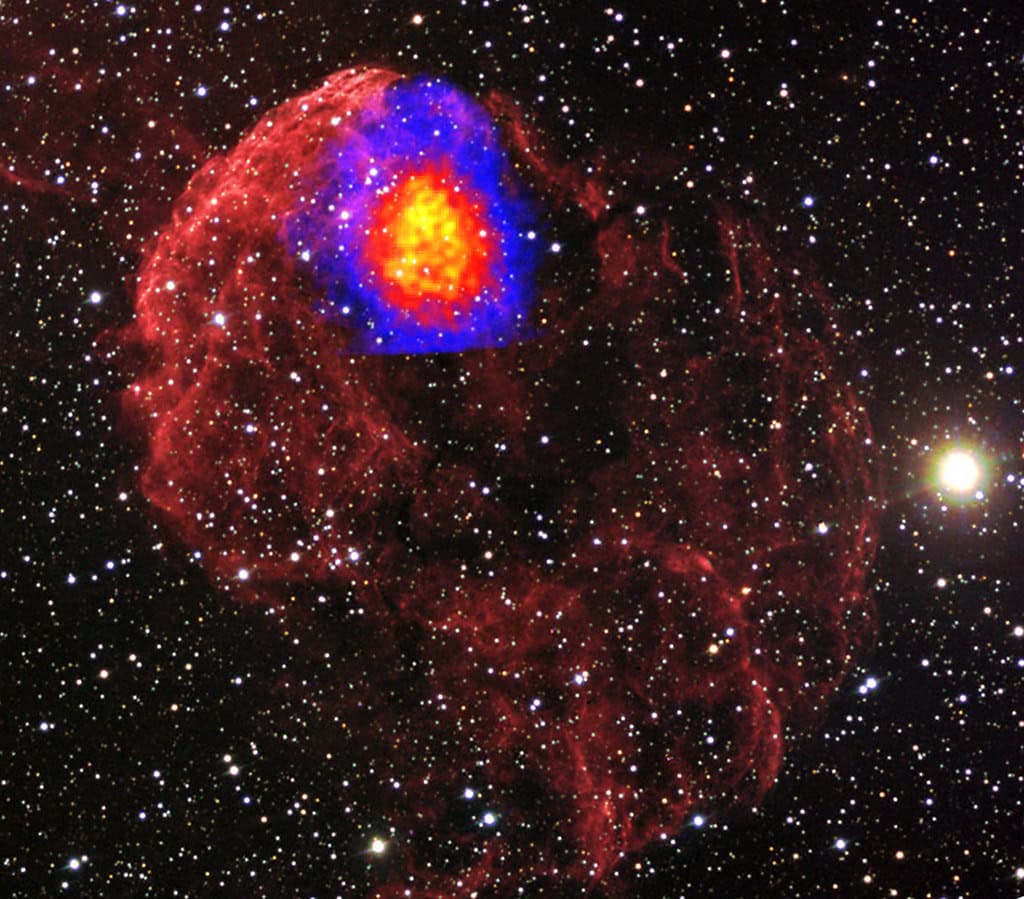
The ability to observe and analyze the reappearance of SN 2006gy is largely due to significant technological advancements in astronomy over the past decade and a half. The James Webb Space Telescope, which launched in 2021, provides unprecedented infrared observation capabilities that allow astronomers to peer through cosmic dust clouds that would otherwise obscure their view.
Similarly, ground-based observatories have been equipped with adaptive optics and other advanced technologies that dramatically improve image resolution. These technological leaps mean that today’s observations of SN 2006gy can reveal details that would have been impossible to detect during its initial appearance, potentially answering questions that have puzzled astronomers for years.
The Light Echo Timeline and Visibility
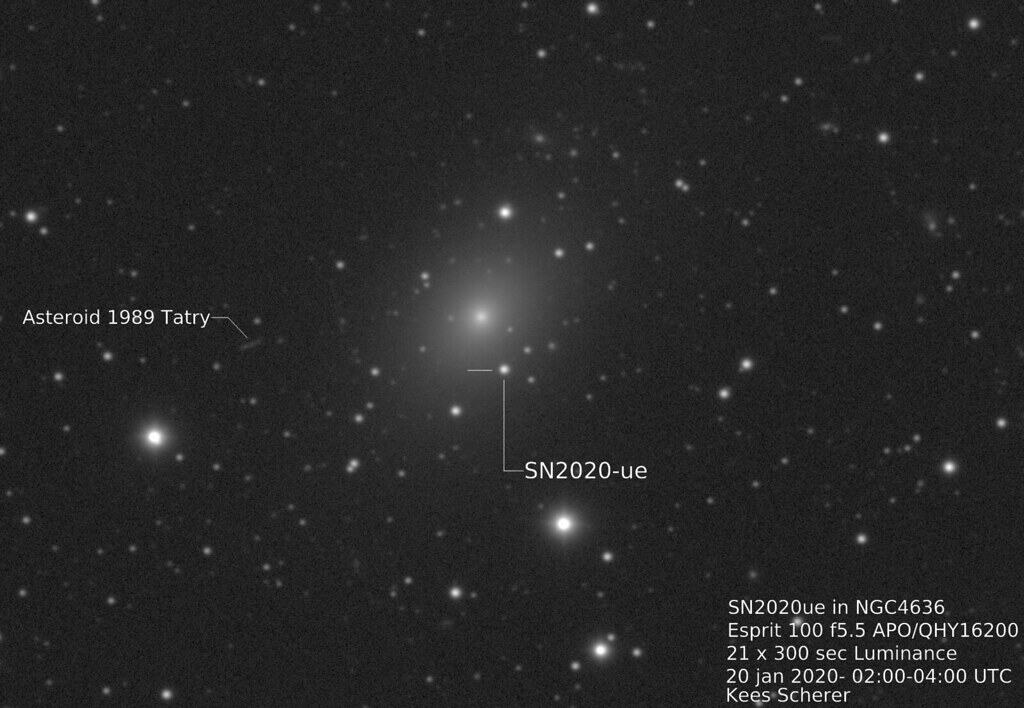
The light echo of SN 2006gy became detectable to astronomers approximately 16 years after the original explosion was observed. This timeline provides important information about the distance between the exploding star and the dust clouds that are now reflecting its light. By calculating the geometry of this reflection, scientists can map the three-dimensional structure of the space surrounding the supernova site.
For amateur astronomers wondering if they can observe this phenomenon, the light echo is unfortunately too faint to be visible with consumer-grade telescopes. It requires sophisticated observatory equipment and specialized imaging techniques to detect and analyze. However, the scientific data and images are being made available to the public, allowing everyone to appreciate this extraordinary cosmic event.
Implications for Stellar Evolution Theory
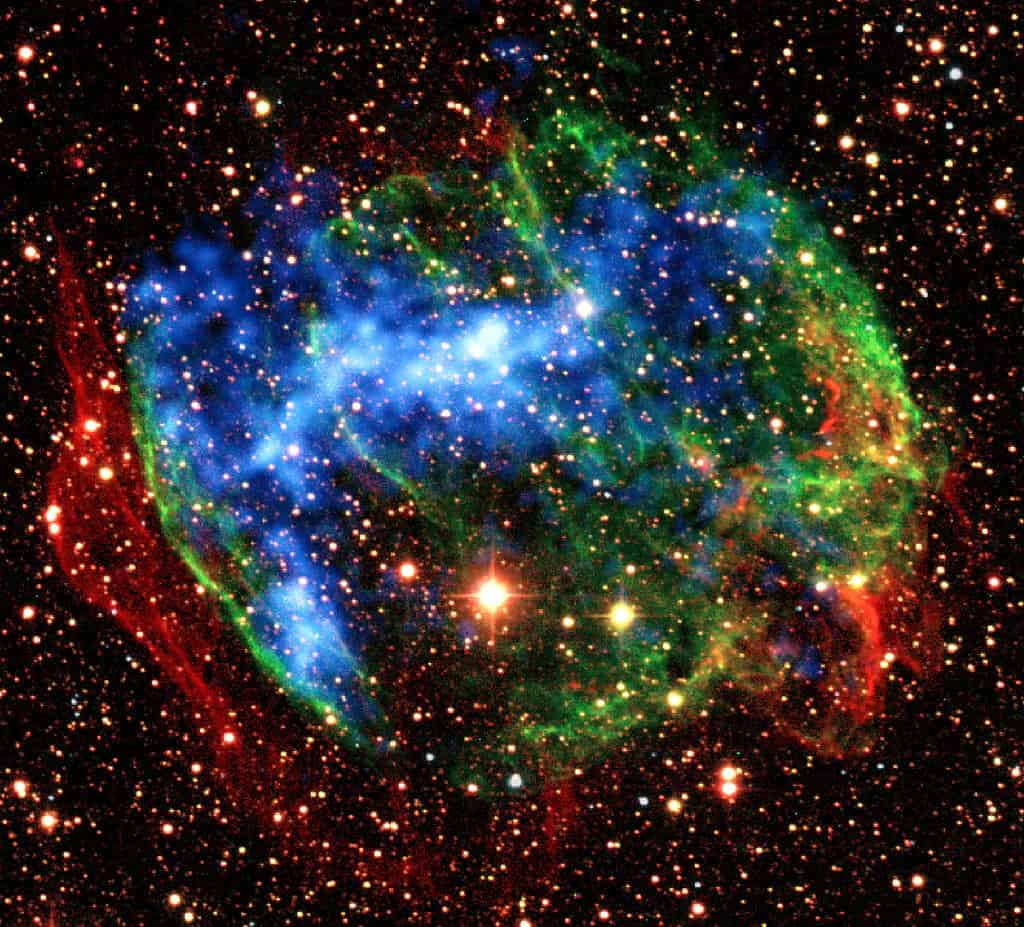
The exceptional brightness of SN 2006gy and its subsequent reappearance challenge existing models of stellar evolution and death. Traditional theories suggest that stars with masses greater than about 30 solar masses end their lives as black holes without producing a visible supernova. However, SN 2006gy demonstrates that some extremely massive stars can indeed produce spectacularly bright explosions.
This observation has prompted scientists to revise their understanding of the final stages of stellar evolution, particularly for the most massive stars in the universe. The reappearance provides an opportunity to further refine these theories by observing how the remnants of such an extraordinary explosion evolve over time and interact with their environment.
Chemical Enrichment of the Universe
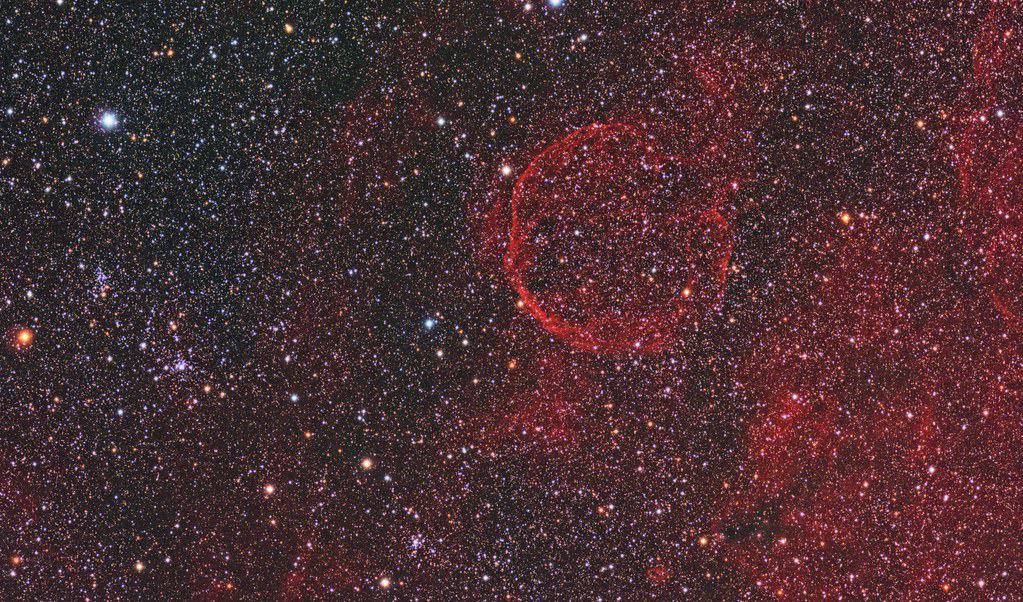
Supernovae like SN 2006gy play a crucial role in the chemical evolution of the universe. These cosmic explosions forge and distribute heavy elements—everything heavier than hydrogen and helium—throughout space. These elements eventually form new stars, planets, and ultimately, the building blocks of life.
The reappearance of SN 2006gy allows scientists to study the composition and distribution of these newly created elements with greater precision. By analyzing the spectral signatures in the light echo, astronomers can identify specific elements produced during the explosion and track how they disperse into the surrounding interstellar medium. This information helps build a more complete picture of how the universe became enriched with the elements necessary for life.
Collaborative International Research Efforts

The reappearance of SN 2006gy has sparked a coordinated international research effort, with observatories around the world and in space focusing their instruments on this rare phenomenon. Teams from NASA, the European Space Agency, and numerous universities and research institutions are collaborating to gather and analyze data from multiple wavelengths of the electromagnetic spectrum.
This collaborative approach ensures that scientists capture as much information as possible during the limited window when the light echo is visible. The combined findings from these diverse research teams will provide a comprehensive understanding of this extraordinary supernova that would be impossible for any single institution to achieve independently.
Comparing SN 2006gy to Other Supernovae
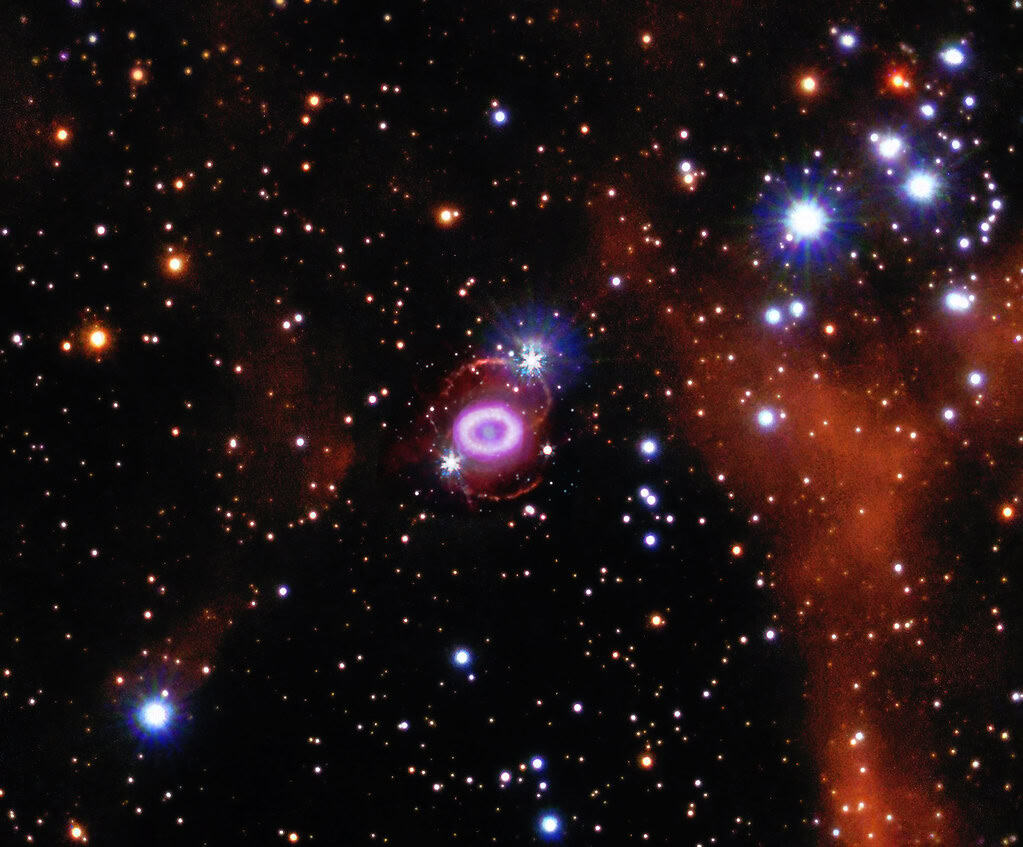
While SN 2006gy holds the record as the brightest supernova ever recorded, comparing it to other notable supernovae helps put its extraordinary nature into perspective. SN 1987A, which appeared in the Large Magellanic Cloud in 1987, was the closest observed supernova to Earth in modern times and provided valuable data about neutrino emissions during such explosions.
SN 1054, recorded by Chinese astronomers in 1054 CE, created what we now know as the Crab Nebula. However, SN 2006gy outshone these and all other recorded supernovae by a significant margin. Its reappearance allows astronomers to make direct comparisons between this superluminous event and more typical supernovae, helping to identify the specific factors that contributed to its exceptional brightness and longevity.
Future Observations and Predictions

Astronomers expect the light echo of SN 2006gy to remain visible for several months to possibly a few years, depending on the extent and distribution of the dust clouds reflecting its light. During this period, observatories worldwide will continue monitoring the phenomenon, tracking changes in brightness and spectral characteristics that might reveal new information about the original explosion.
Scientists also predict that additional light echoes might become visible in the future as the original burst of light encounters other dust clouds at greater distances from the explosion site. Each of these potential future echoes would provide a new perspective on this remarkable cosmic event, potentially revealing details that remain hidden even now.
The Cosmic Legacy of SN 2006gy

The extraordinary reappearance of SN 2006gy represents a remarkable chapter in our ongoing exploration of the cosmos. This unprecedented opportunity to study the brightest supernova in recorded history for a second time has already yielded valuable insights into the death throes of massive stars and the processes that enrich our universe with the elements essential for life.
The collaborative international effort to observe and analyze this phenomenon showcases humanity’s collective curiosity and determination to understand the grand cosmic processes that shaped our existence. As observations continue and data analysis progresses, SN 2006gy will undoubtedly continue to illuminate our understanding of stellar evolution, pushing the boundaries of astronomical knowledge and inspiring future generations of scientists to look up at the stars with wonder and curiosity.
- The Largest Wolf Ever Recorded Was the Size of a Pony - August 22, 2025
- This Bird Has the Largest Wingspan of Any Living Creature - August 22, 2025
- The Brightest Supernova Ever Recorded Is Visible Again - August 22, 2025

